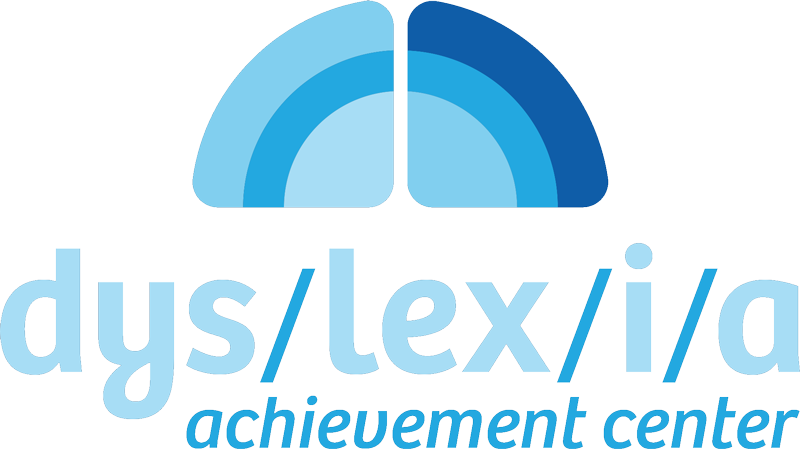As experienced tutors trained to teach the Orton-Gillingham instructional reading program, we are seeing more children everyday who struggle with attention-deficit and processing issues in addition to dyslexia. This is a heavy load for them. It falls to us more and more often these days to take a creative, out-of-the-box approach to reach these children in a meaningful way.Can they concentrate more if they read while standing and swaying? Is their focus better if they are not confined to a chair? Do they need more frequent breaks? Do activities hold their interest more than pencil and paper instruction? Does the word “game” (learning game) grab their attention faster than handing them a book? Is competition an effective motivator? Can writing in the sand or in shaving cream be more effective than rewriting words on paper? Do manipulatives work better for these children than reading from a printed page? Can acronyms help students with the spelling a word? The spelling of the word SAID might be prompted by: “Speed Always Is Dangerous.” Or, as in the case of a young student with two older basketball-playing brothers: “Scott And Isaac Dribble.” And, as one of our most experienced tutors tried, would playing a game of hopscotch on large pieces of cardboard with letters written on them help a frustrated student learn letters and sounds faster than drilling with index cards? In that case, the answer was YES. Is asking children to reteach the lesson we just taught them a successful way to make sure they processed the information correctly?
We often have to be inventors and creators to help many of our students become better readers, writers, and spellers. We will always go that extra mile to accomplish that.
Andrea Frankenberry, Dyslexia Interventionist


